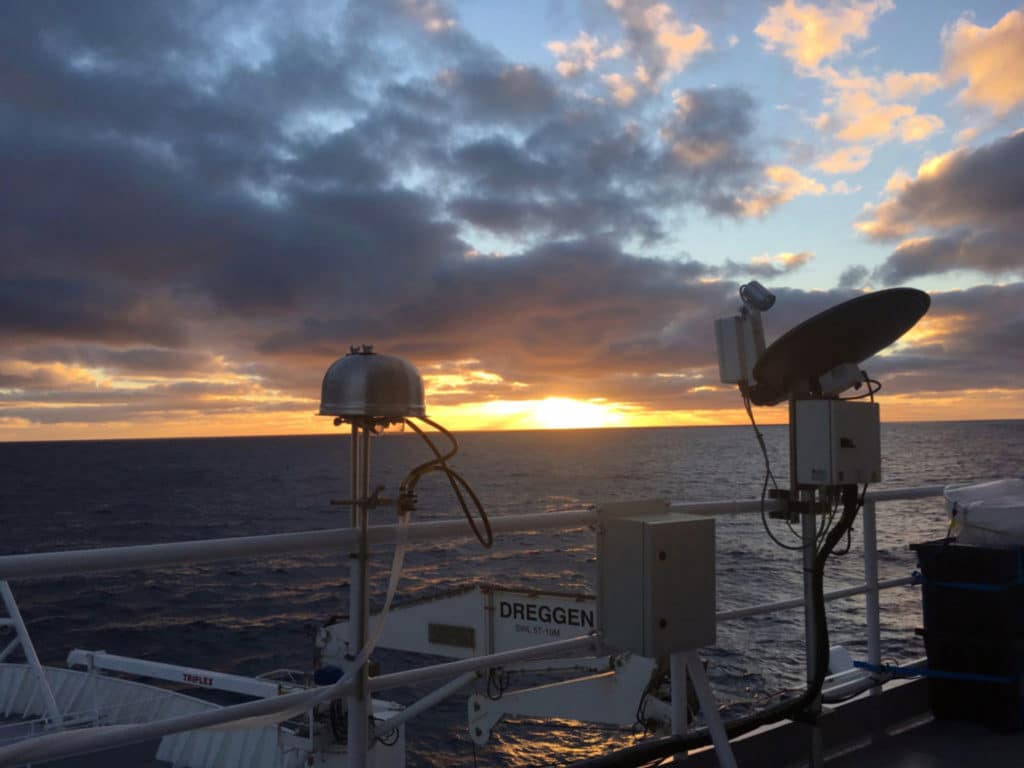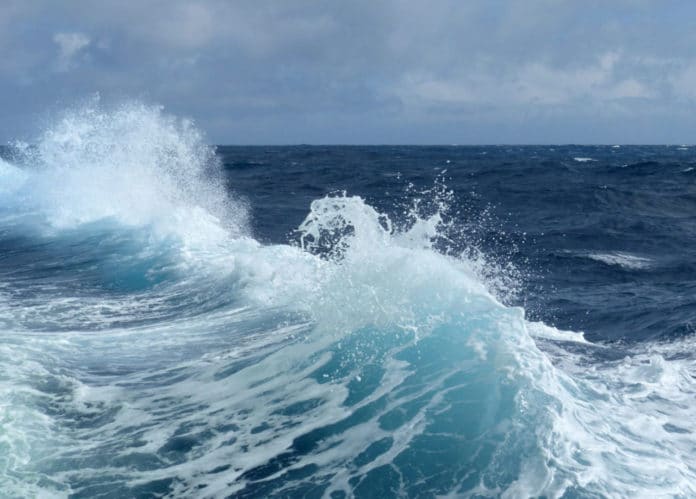In a first of its kind of study, scientists from Colorado State University have identified an atmospheric region that has the cleanest air on the Earth. Scientists found that the region in the Southern Ocean remains unchanged by human-related activities.
The boundary layer air that feeds the lower clouds over the Southern Ocean found to be pristine. It is found to be free from aerosols or any pollutants.
It isn’t easy to find any area or process on Earth that remained unaffected by human activities. But, scientists- led by Professor Sonia Kreidenweis-suspected the air directly over the remote Southern Ocean that encircles Antarctica would be least affected by humans and dust from continents. They set out to discover what was in the air and where it came from.
Research scientist Thomas Hill, the coauthor of the study, said, “We were able to use the bacteria in the air over the Southern Ocean as a diagnostic tool to infer key properties of the lower atmosphere.”
“For example, that the aerosols controlling the properties of SO clouds are strongly linked to ocean biological processes, and that Antarctica appears to be isolated from southward dispersal of microorganisms and nutrient deposition from southern continents. Overall, it suggests that SO is one of the very few places on Earth that has been minimally affected by anthropogenic activities.”
Scientists gathered samples during the NSF-funded SOCRATES field campaign, led by research scientist and coauthor Paul DeMott. Graduate student Kathryn Moore sampled the air in the marine boundary layer, the lower part of the atmosphere that has direct contact with the ocean, aboard the Research Vessel Investigator as it steamed south from Tasmania to the Antarctic ice edge.
Research scientist and first author Jun Uetake examined the composition of airborne microbes captured from the ship. The atmosphere is full of these microorganisms dispersed over hundreds to thousands of kilometers by the wind.

They then used DNA sequencing, source tracking, and wind back trajectories to determine the microbes’ origins. They found that microbes’ origins were marine, sourced from the ocean.
The bacterial composition also was differentiated into broad latitudinal zones, suggesting aerosols from distant landmasses and human activities, such as pollution or soil emissions driven by land-use change, were not traveling south into Antarctic air.
These outcomes counter all different investigations from oceans in the subtropics and northern hemisphere, which found that most microbes originated from upwind continents. Plants and soil are strong sources of particles that trigger the freezing of supercooled cloud droplets, known as ice-nucleating particles. This procedure diminishes cloud reflectivity and enhances precipitation, expanding the amount of sunlight arriving at the surface and adjusting Earth’s radiative balance.
Scientists noted, “Over the Southern Ocean, sea spray emissions dominate the material available for forming liquid cloud droplets. Ice-nucleating particle concentrations, rare in seawater, are the lowest recorded anywhere on the planet.”
“The air over the Southern Ocean was so clean that there was very little DNA to work with.”
Journal Reference:
- Jun Uetake et al., Airborne bacteria confirm the pristine nature of the Southern Ocean boundary layer. DOI: 10.1073/pnas.2000134117
